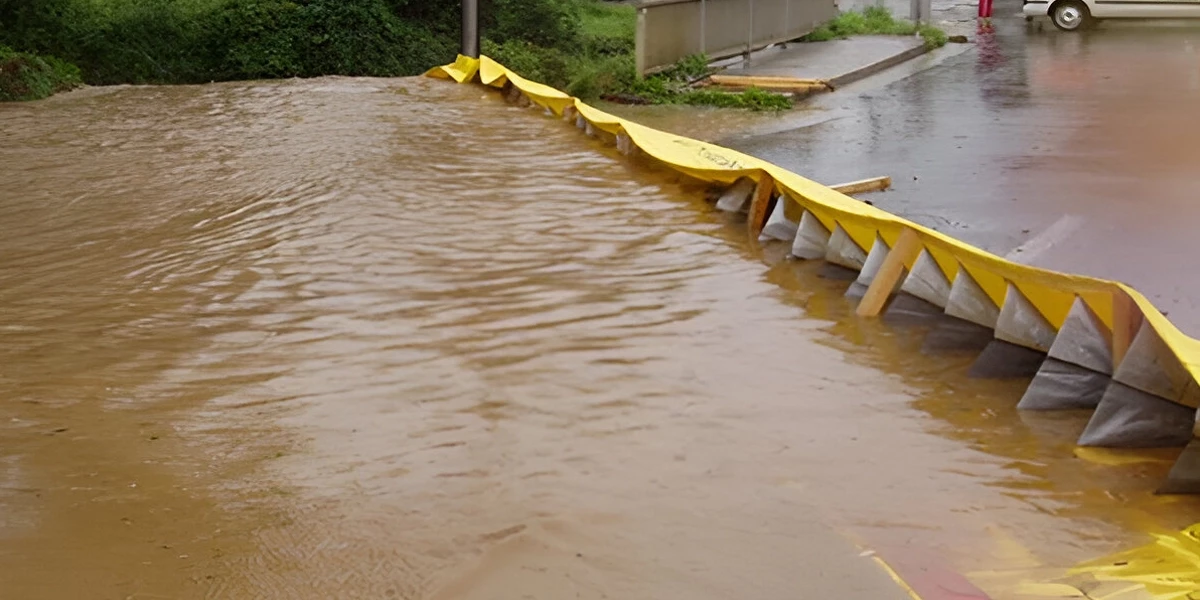

Every City in the world is facing flood threats due to global warming and an increase in sea levels. When storms merge with heavy rainfall and rising water levels, it causes destruction that results in financial loss and forces millions to relocate to urban areas. These threats require dependable flood management. Suppose the rising tides find their boundaries at the flood barriers, that can save millions of lives and finances.
Flood barriers operate as primary defensive structures that help in stopping rising water levels from flooding streets together with buildings and infrastructure. The placement of strategic flood barriers at risk areas allows cities both to defend residents safely and to diminish economic damage during flood events. These barriers defend real estate properties and preserve fundamental services like transportation systems, healthcare delivery, and power distribution throughout extreme weather conditions.
Different types of flood barriers serve specific requirements based on the location along with the predicted flood dangers and plans for future environmental sustainability. Here are some of the most widely implemented flood barriers:
1. Permanent Flood Barriers
2. Temporary Flood Barriers
3. Moveable & Automated Flood Barriers
4. Hybrid Flood Barriers
The science behind the best flood barriers is not just about blocking water; they must be engineered to withstand pressure, adapt to changing water levels, and integrate seamlessly with urban infrastructure. Key factors influencing their effectiveness include:
While the effectiveness of the best flood barrier depends on factors such as geography, budget, and risk levels, some of the most reliable options include:
The Thames Barrier – London, UK
A global record holder as the biggest operable flood protection system protects London city through the Thames Barrier system. The barrier was constructed in 1982 and protects billions of dollars from flooding damage during that period.
Maeslantkering – Netherlands
Rotterdam and neighboring areas benefit from the automatic closure of the Maeslantkering storm surge barrier whenever sea levels reach critical heights.
Air-Filled Rubber Dams – India
YOOIL Envirotech successfully implemented India’s first air-filled rubber dam in Uttar Pradesh, providing a sustainable and adaptive solution for water management and flood control.
Our organization at YOOIL Envirotech creates and implements modern flood protection systems to match urban requirements across the world. Our company develops air-filled rubber dams in combination with hybrid flood barriers which provide superior protection along with minimal environmental effects.
We offer:
New proactive defense measures against rising water levels have become essential for cities because extreme weather functions are intensifying. Flood barriers function as vital safeguards that prevent fatal disasters that threaten people along with their homes and community infrastructure. Urban communities worldwide will achieve stronger resilience and safety with proper flood protection investments in advanced solutions from YOOIL Envirotech.
Cities can minimize their flood-related risks through advanced barrier technology implementation while adapting to climate change patterns. The key components for urban resilience include preparedness and innovative infrastructure along with sustainable development through permanent temporary and hybrid flood barriers.
